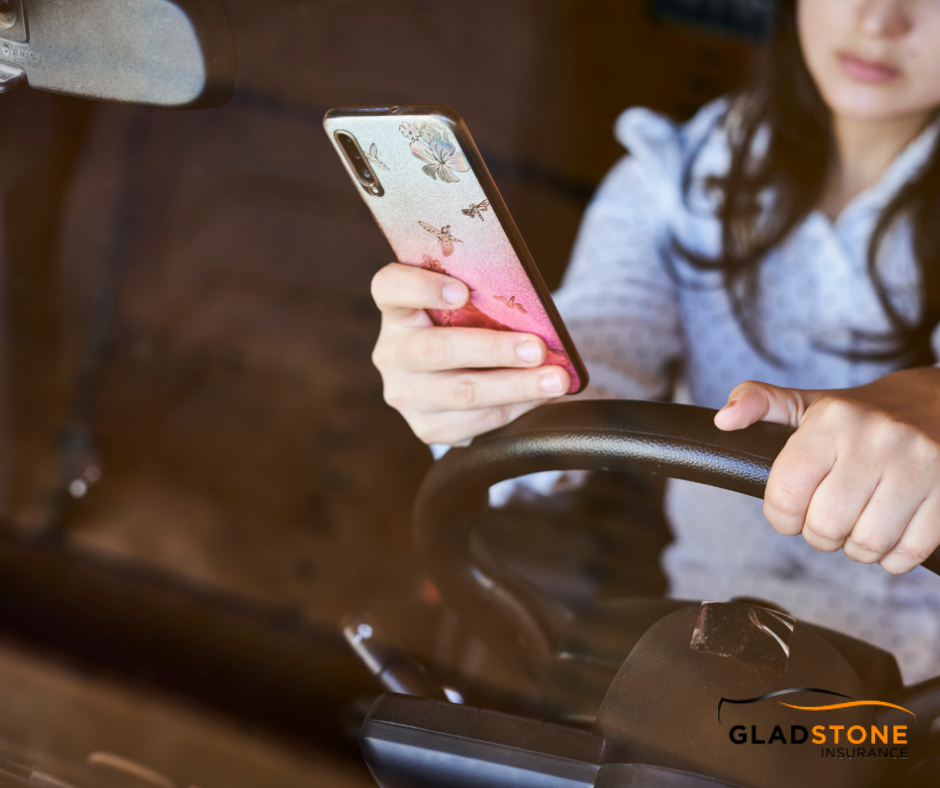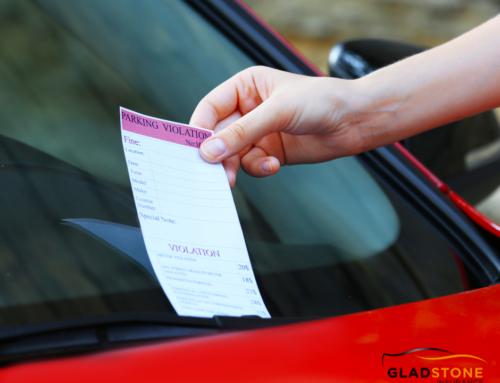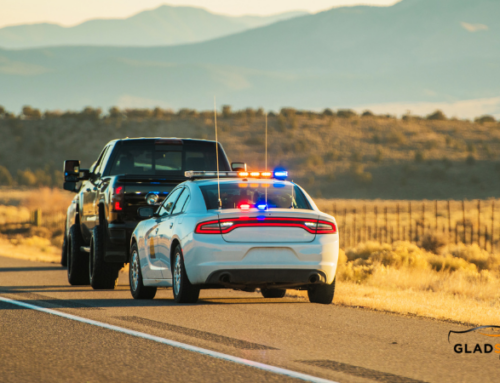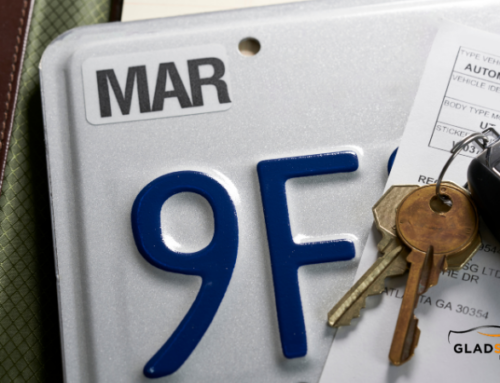It doesn’t matter how many images of horrific wrecks insurance companies and auto agencies put out to warn drivers of the dangers of texting and driving, we still do it. Each of us has this weird impression that surely sending a quick response to the most recent incoming text won’t do anything wrong.
Since the warnings aren’t enough to convince the vast majority of us to stop texting while we’re behind the wheel, California lawmakers have decided to pass laws that they hope will discourage the dangerous habit.
The issue of texting and driving is covered by California’s distracted driving laws. These laws weren’t altered in 2021, but it’s always a good idea to review them. Especially if your budget and driving record can’t take the hit of another ticket.
Key Points of California’s Texting and Driving Laws
Texting While Driving: It is illegal for all drivers in California to write, send, or read text messages while operating a motor vehicle. This applies to both SMS text messages and other types of electronic messages.
Handheld Device Use: California law prohibits drivers from holding and using a handheld wireless telephone or electronic communication device while driving. This includes composing, sending, or reading texts, as well as making calls. At this point, the only time you can legally use your cell phone while you’re driving is when you have it set for hands-free mode. If you can’t dictate an outgoing text message or listen to an incoming text message.
Hands-Free Devices: Drivers over the age of 18 are allowed to use hands-free devices to make phone calls while driving. However, they are still not permitted to text or read messages, even with hands-free technology.
Drivers Under 18: If you’re under eighteen years old, you’re not allowed to use your cell phone, period, while you’re driving. The best way to avoid the temptation is powering the phone off until you reach your destination.
Exceptions: There are a few exceptions to the hands-free rule, such as making emergency calls to law enforcement, fire departments, medical providers, or other emergency services.
California Vehicle Code 23123 to 23125
The issue of texting while you’re driving is covered in California Vehicle Code, Division 11: Rules of the Road, Chapter 12: Public Offenses, Article 1: Driving Offenses; Sections 23123 to 23125.
The first time you’re caught texting while driving in California, you’ll be issued a $20 fine. Each time you get a similar ticket after that first offense, the fine goes up to $50. Most drivers quickly learn that while that’s the base of a driving while texting ticket, there are also assessments that can be added to the ticket that typically drive the cost up until you’re looking at having to pay $15-250 for the infraction. If you were doing something else, such as speeding, the price will be even higher.
Penalties for violating California’s texting and driving laws can result in fines and, in some cases, points on your driving record. Additionally, for young or provisional drivers, penalties may be stricter, potentially leading to license suspension or other consequences. So, the next time you slide behind the wheel, be smart and set-up your phone’s hands-free system.
Does a Texting And Driving Affect My Insurance
Receiving a citation for texting while driving in California does not result in points being added to your driver’s license. Points are typically associated with more severe moving violations that pose a higher risk to public safety.
However, while a texting and driving violation itself may not lead to points, it’s essential to remember that accumulating points on your driving record can happen for other traffic offenses. For instance, if your distracted driving results in other violations, such as running a red light, causing an accident, or reckless driving, you could receive points for those offenses.
Points on your driving record can have significant consequences, including increased insurance premiums, driver’s license suspension or revocation, and more stringent penalties for future traffic violations. It’s crucial to prioritize safe driving and avoid all forms of distractions, including texting while driving, to keep yourself and others safe on the road and maintain a clean driving record.







Leave A Comment